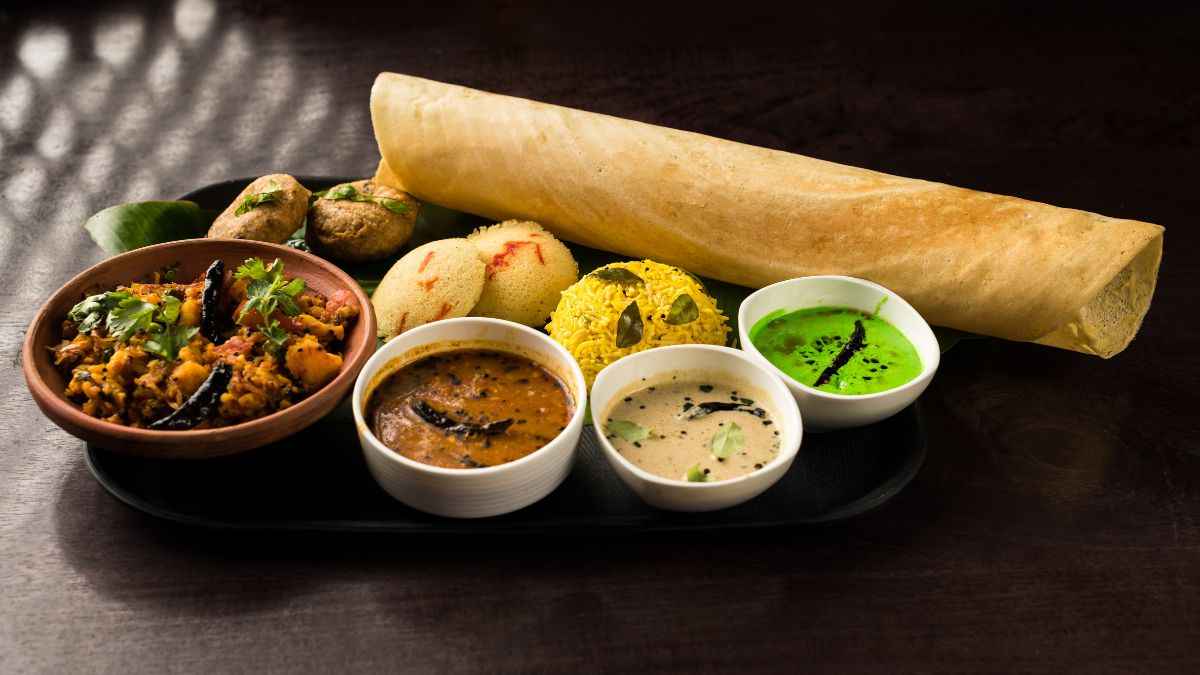Introduction:
India’s wine market has been experiencing a significant transformation over the past few decades. With increasing exposure to global cultures and growing disposable incomes, Indian consumers are developing a taste for international wines. This surge in global wine imports is shaping the landscape of India’s domestic wine market, bringing both opportunities and challenges. Let’s explore the impact of global wine imports on India’s burgeoning wine industry.
The Growth of Wine Imports:
India has seen a steady rise in wine imports, driven by several factors:
-
Consumer Preferences:
- The Indian consumer is becoming more adventurous and discerning, seeking new flavors and experiences. Imported wines offer a diverse range of varietals and styles, catering to this evolving palate.
-
Urbanization and Lifestyle Changes:
- Rapid urbanization and a growing middle class with higher disposable incomes are leading to lifestyle changes. Wine, often associated with sophistication and luxury, is becoming a preferred choice for social occasions and celebrations.
-
Availability and Accessibility:
- The expansion of retail chains, online platforms, and wine clubs has made imported wines more accessible to Indian consumers. This increased availability has fueled the demand for international labels.
Impact on Domestic Wine Producers:
-
Increased Competition:
- The influx of imported wines has intensified competition in the market. Domestic producers are compelled to enhance the quality of their offerings and innovate to stay relevant. This competitive pressure can lead to overall market growth and improvement in standards.
-
Market Segmentation:
- Imported wines often cater to the premium segment of the market, while domestic wines are positioned more affordably. This segmentation can help domestic producers focus on volume sales and niche markets, such as regional specialties or organic wines.
-
Quality Improvement:
- Exposure to international standards and practices is pushing domestic wineries to improve their production techniques and quality. Many Indian wineries are now investing in better technology and vineyard management to compete with global brands.
-
Collaborations and Partnerships:
- The presence of global wines has also opened doors for collaborations and partnerships. Indian wineries are increasingly entering into joint ventures with international wine companies, gaining access to advanced techniques and expanding their portfolio.
Read Also: best imported red wine in india
Opportunities for the Domestic Market:
-
Wine Tourism:
- The growing interest in wine is boosting wine tourism in India. Regions like Nashik, Karnataka, and Himachal Pradesh are developing as wine tourism destinations, attracting both domestic and international visitors. This trend provides an additional revenue stream for local producers.
-
Education and Awareness:
- The rise in wine imports has led to increased wine education and awareness among consumers. Wine festivals, tastings, and masterclasses are becoming popular, helping to cultivate a knowledgeable and appreciative consumer base. This educated audience is likely to explore and support quality domestic wines.
-
Expansion of Wine Culture:
- The influence of imported wines is contributing to the expansion of a wine culture in India. As more people become familiar with wine, there is potential for the domestic market to grow significantly. Domestic producers can tap into this expanding market by offering competitive products.
-
Export Potential:
- The improvements in quality and recognition of Indian wines domestically can open up export opportunities. With the right marketing strategies and adherence to international standards, Indian wines can find a place on global shelves.
Challenges to Overcome:
-
Regulatory Hurdles:
- Import regulations, high tariffs, and complex taxation systems pose challenges for both imported and domestic wines. Streamlining these processes can benefit the entire industry.
-
Consumer Perception:
- Domestic wines often face a perception challenge, with many consumers favoring imported labels for their perceived quality. Continuous efforts in marketing and education are required to build confidence in local brands.
-
Distribution Networks:
- Developing an efficient and widespread distribution network is crucial for domestic wineries to compete with imported brands. Investment in logistics and retail partnerships is essential for growth.
Conclusion:
The impact of global wine imports on India’s domestic market is multifaceted, bringing both challenges and opportunities. While increased competition pushes domestic producers to improve and innovate, the growing wine culture and consumer base offer significant potential for expansion.
By embracing quality improvements, exploring collaborative ventures, and focusing on consumer education, the Indian wine industry can not only withstand the influx of global wines but also thrive and carve out a distinctive niche in the market. The journey ahead promises to be an exciting blend of tradition, innovation, and growth, toasting to a future where Indian wines stand tall on the world stage.
Cheers to the evolving landscape of India’s wine market and the exciting possibilities it holds!




